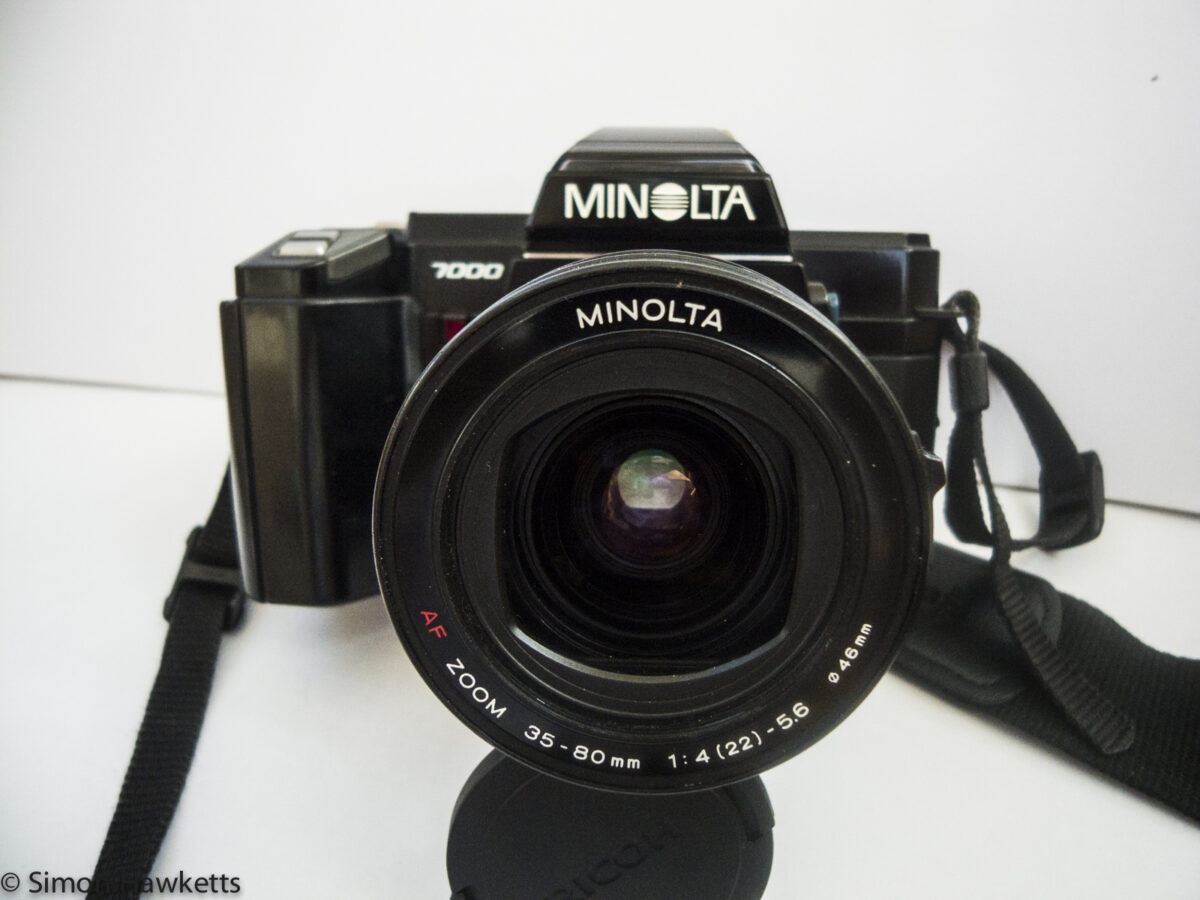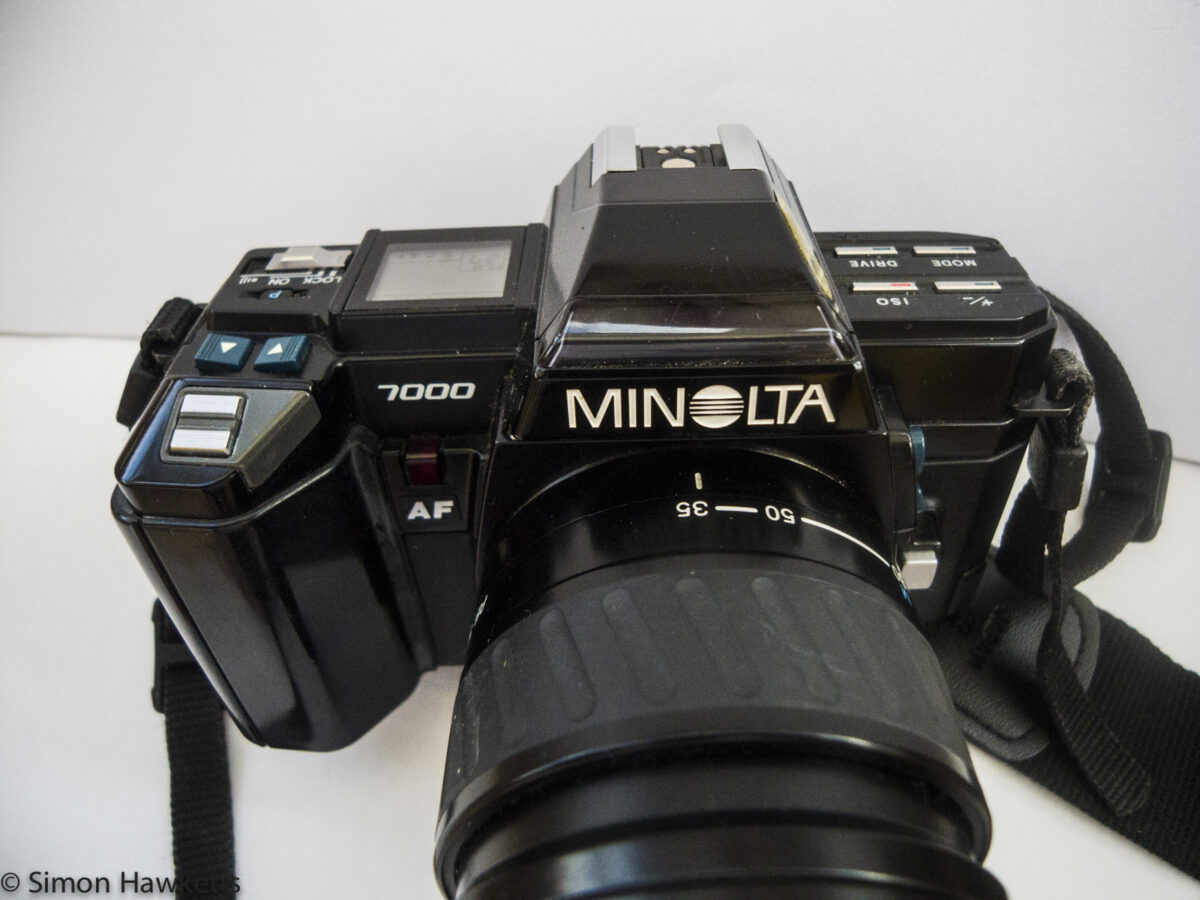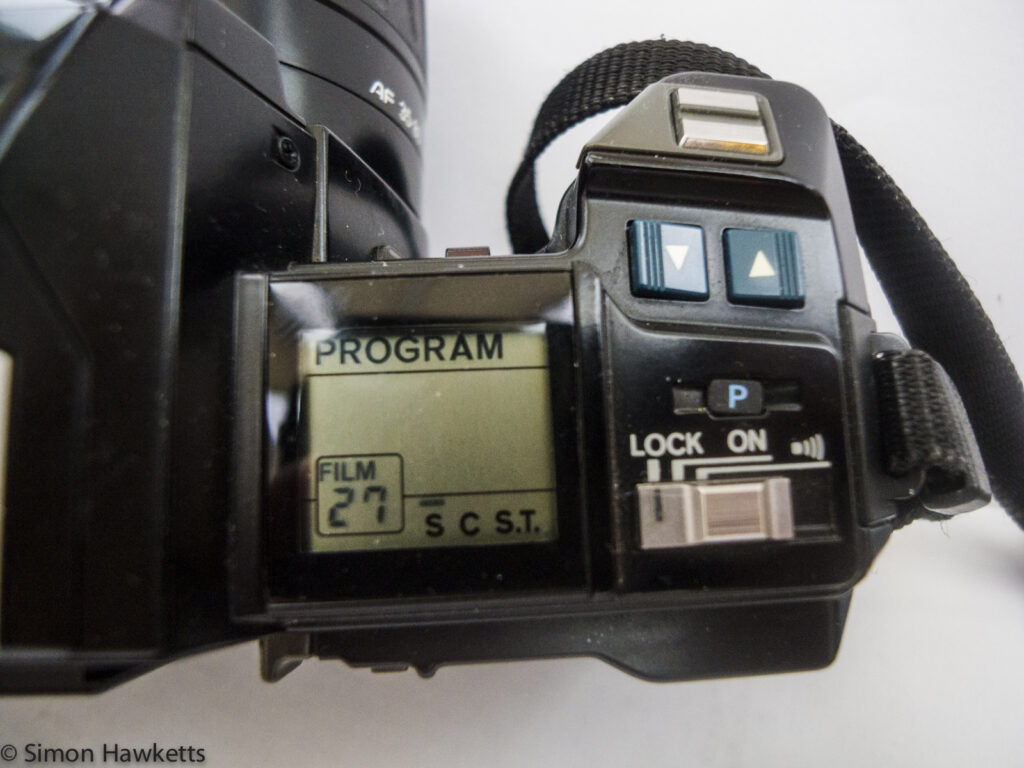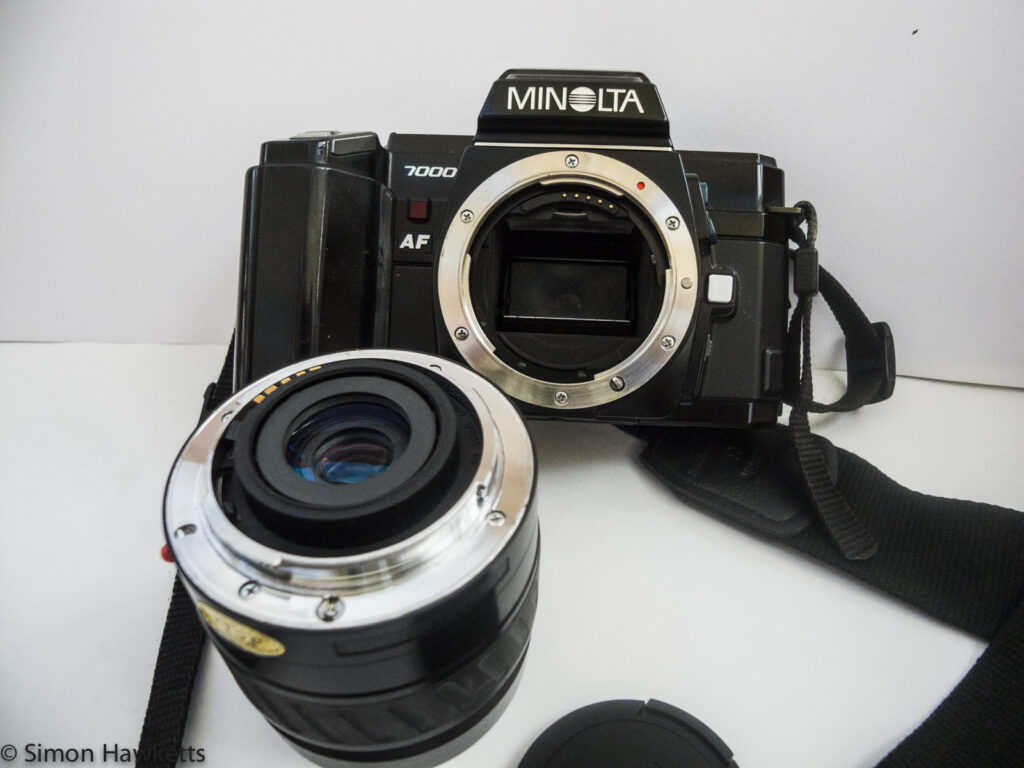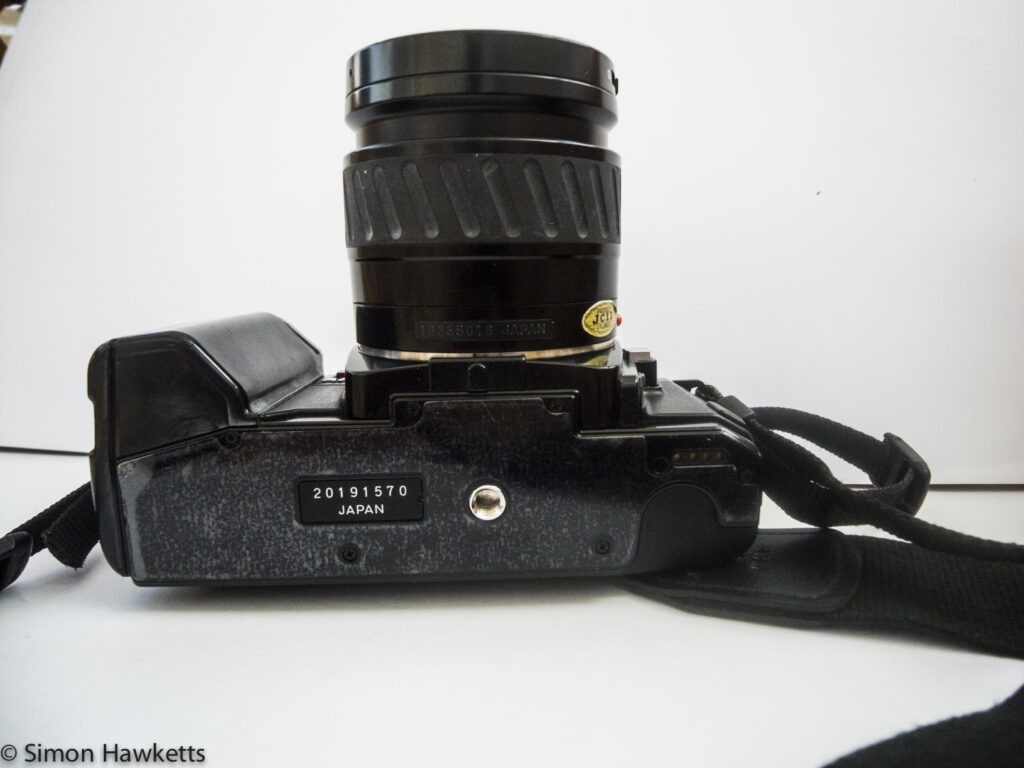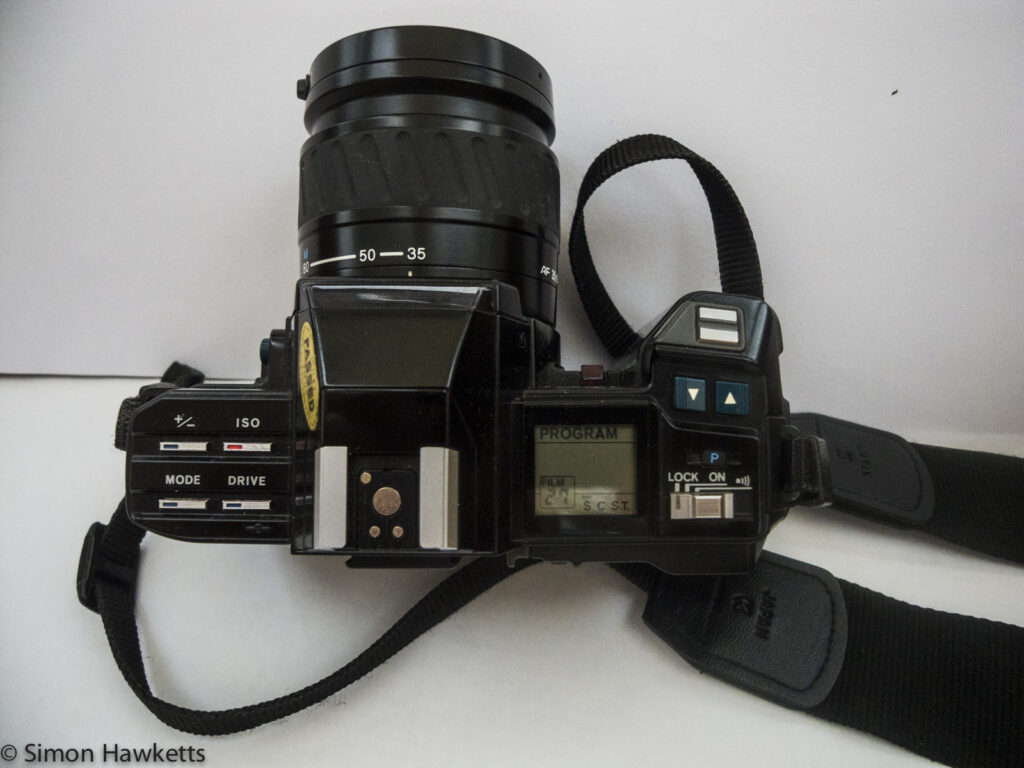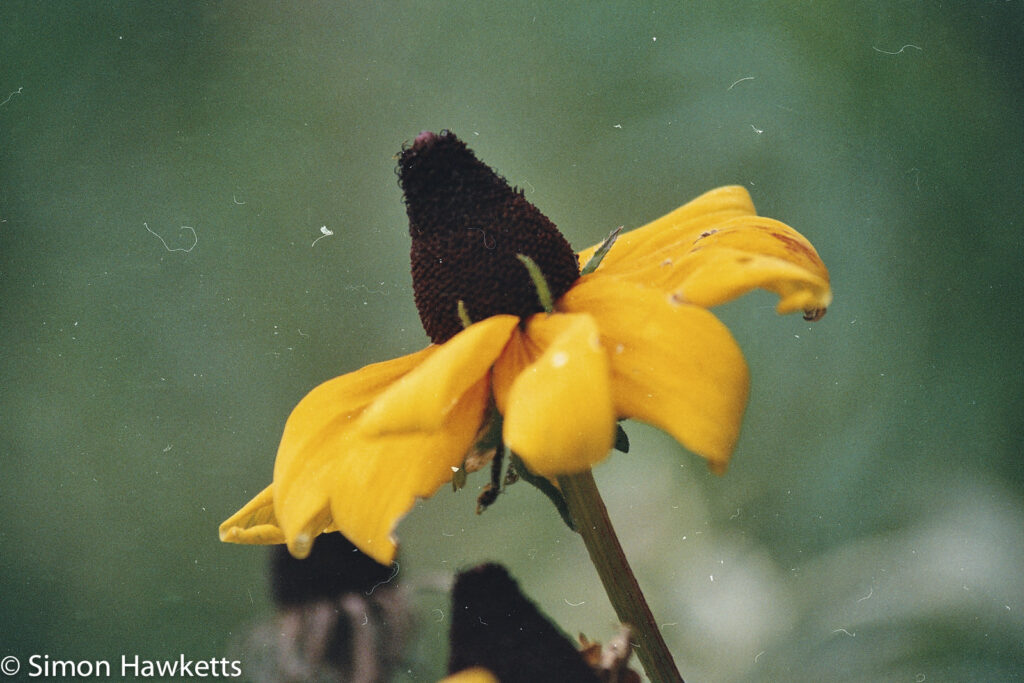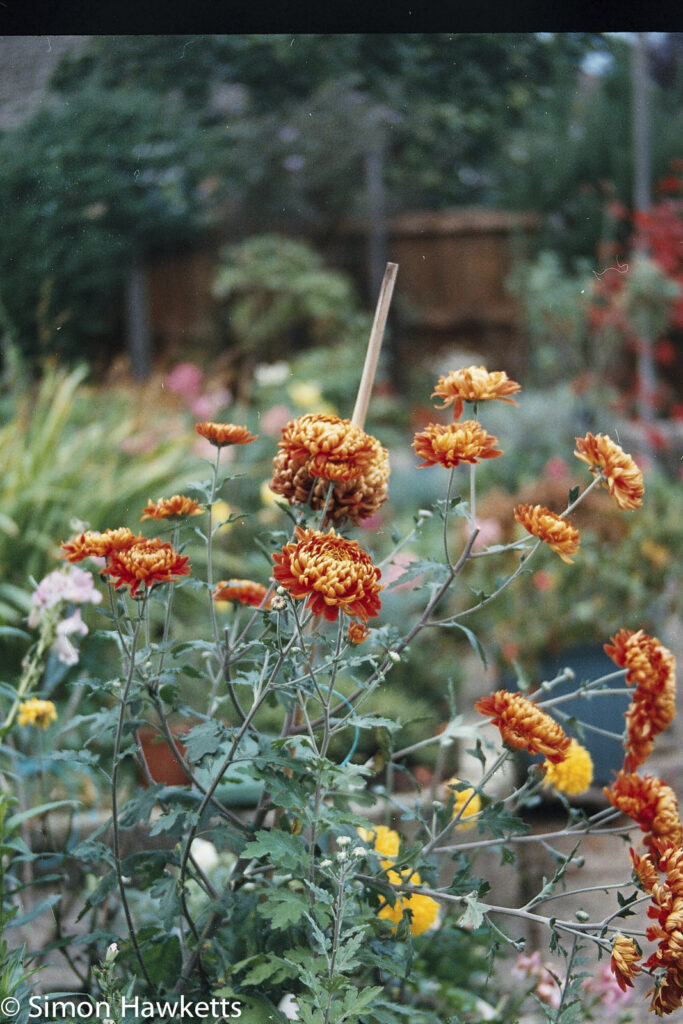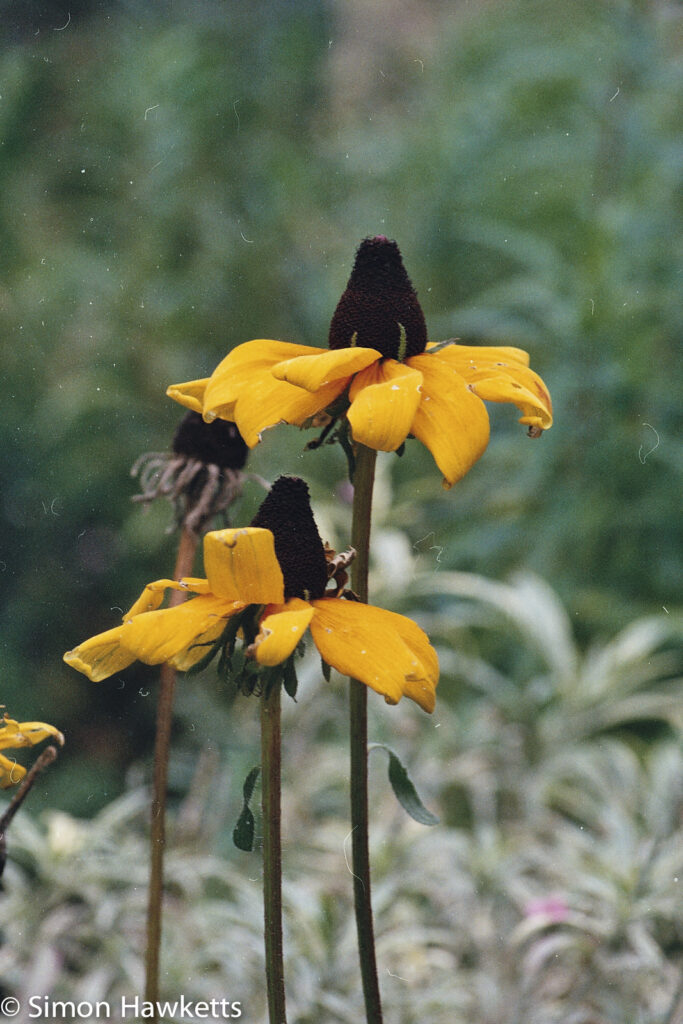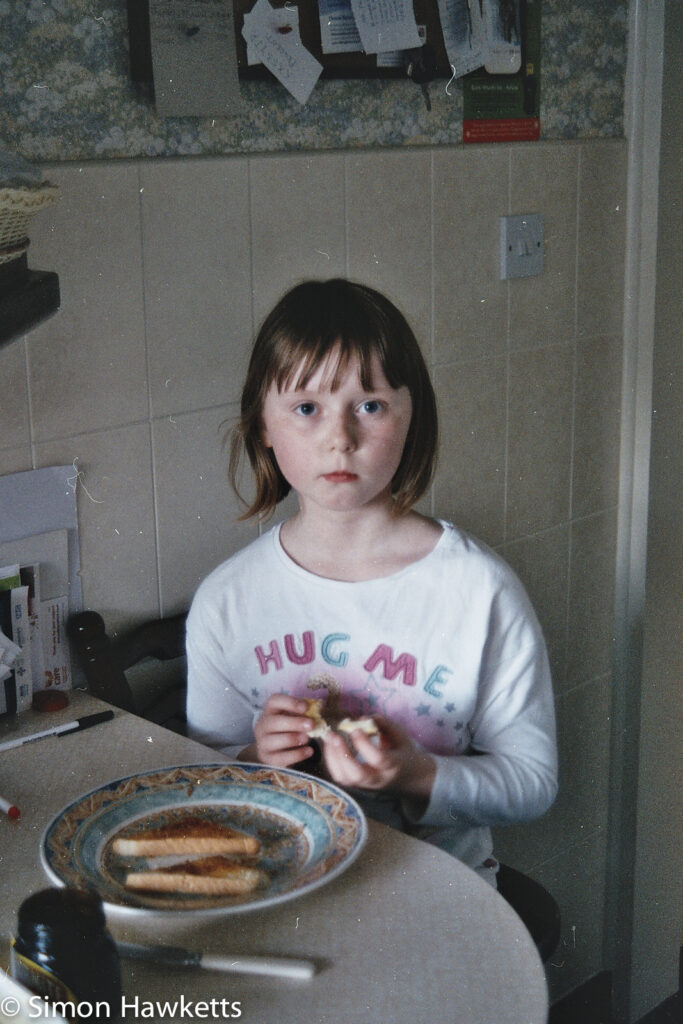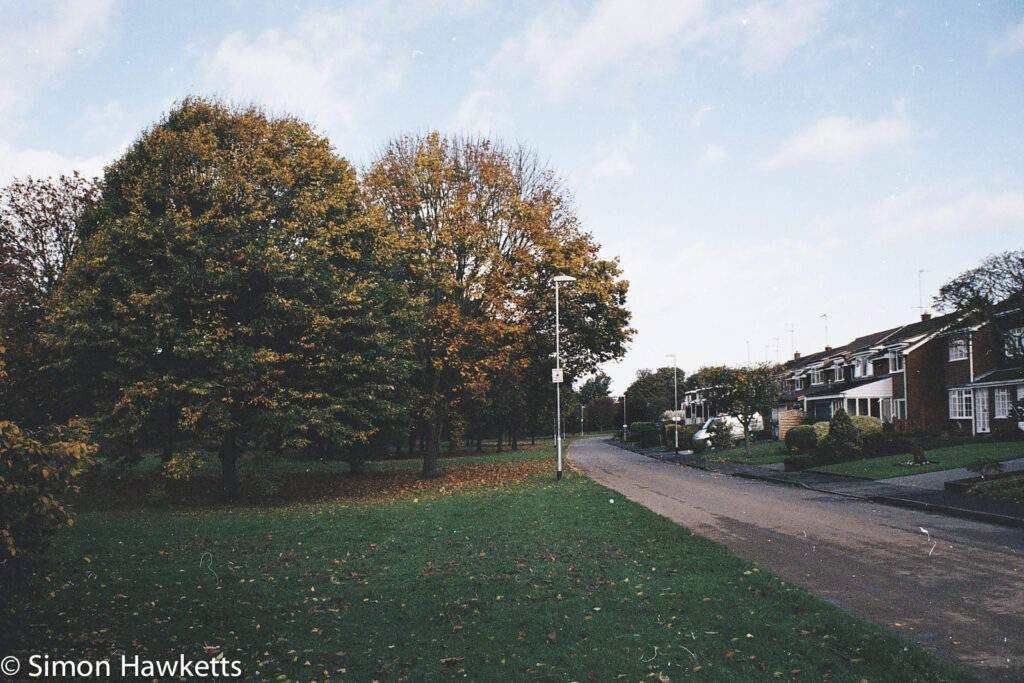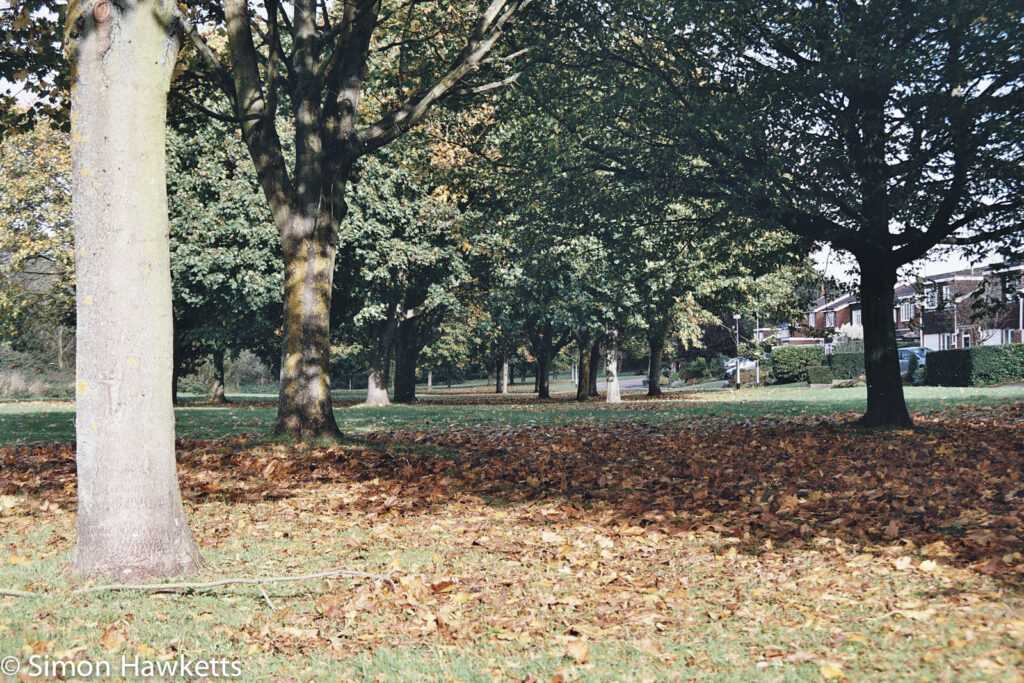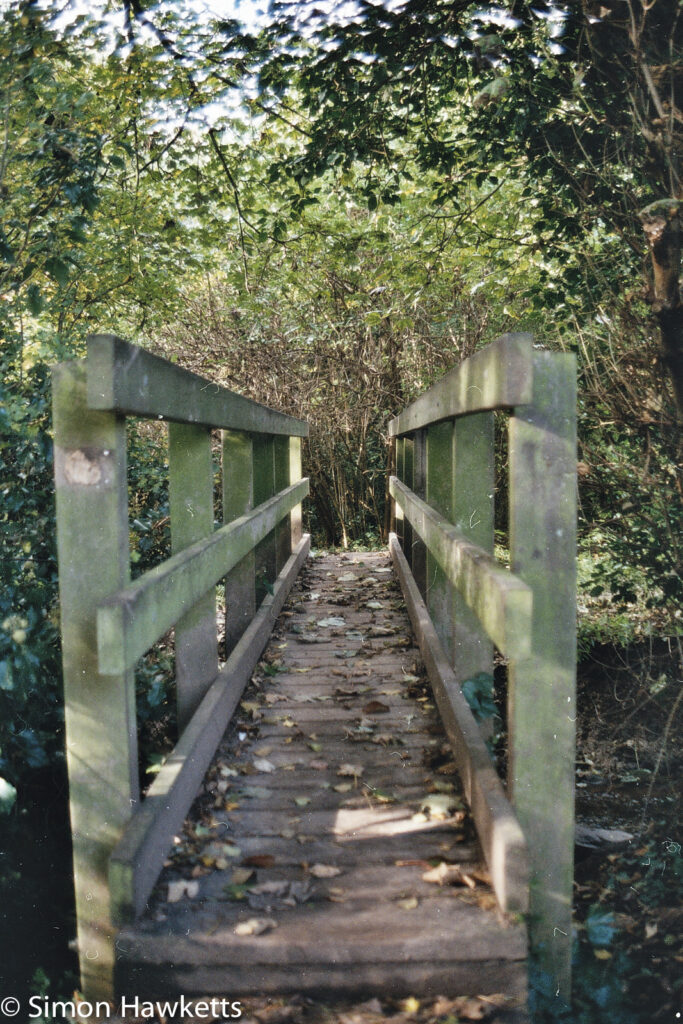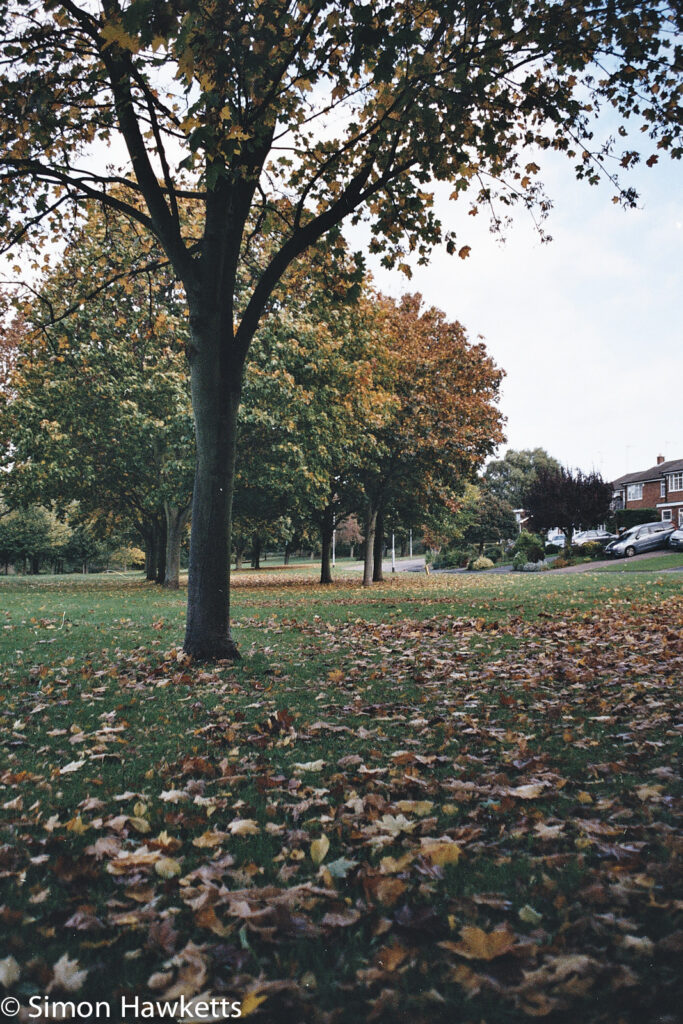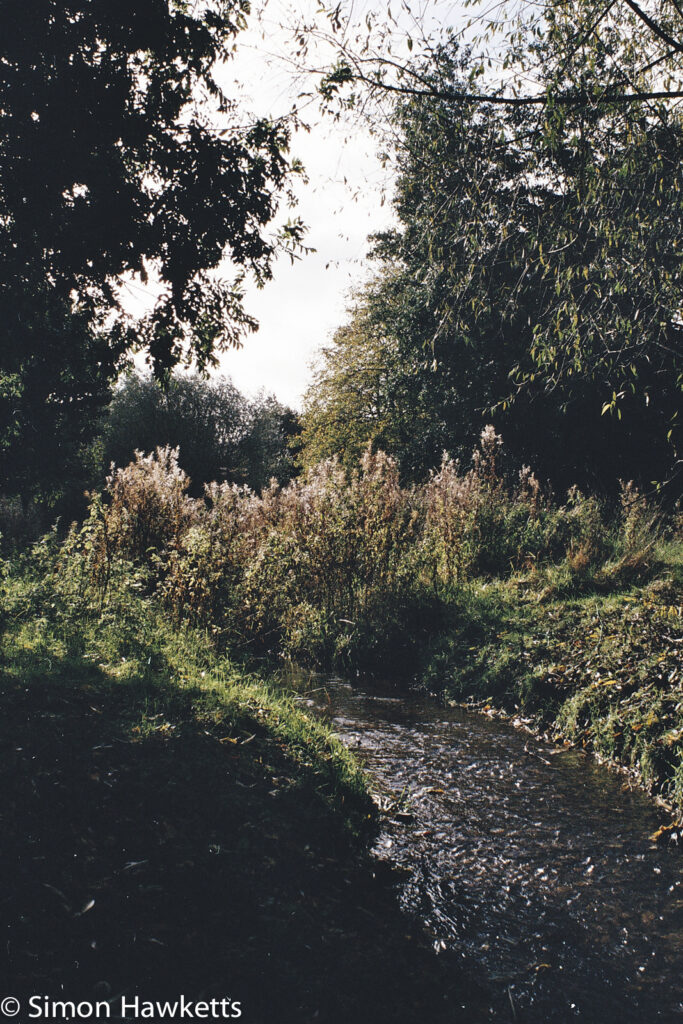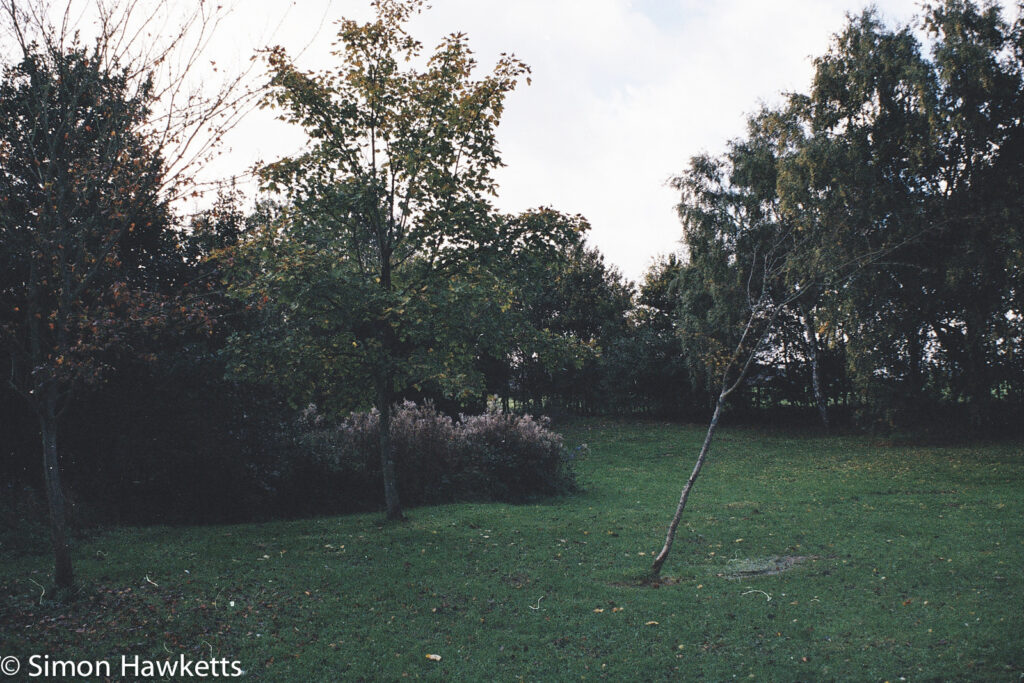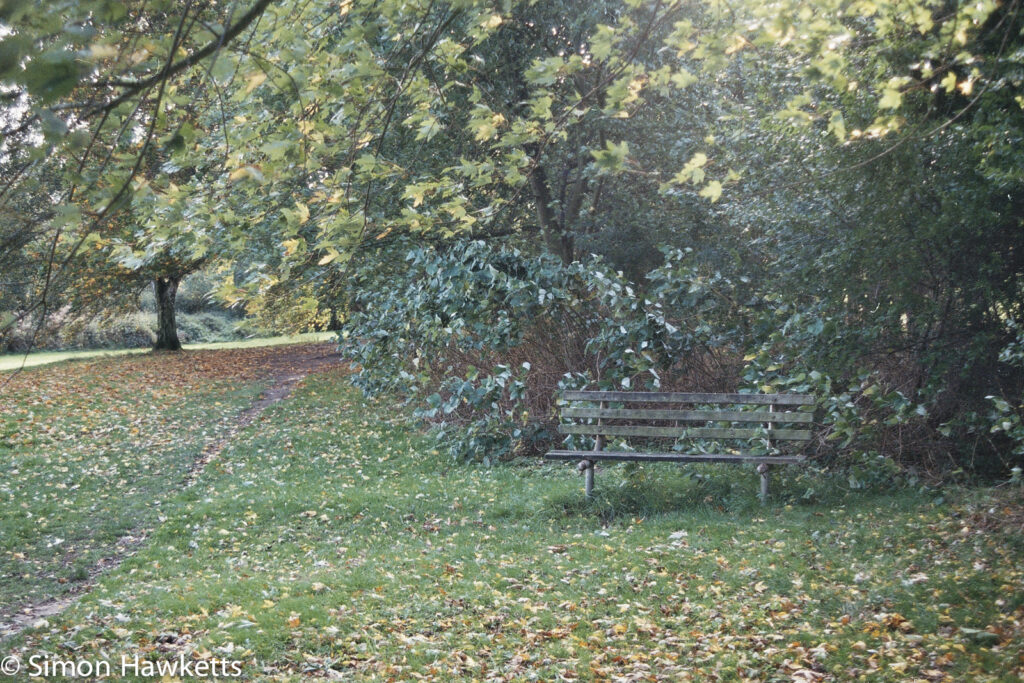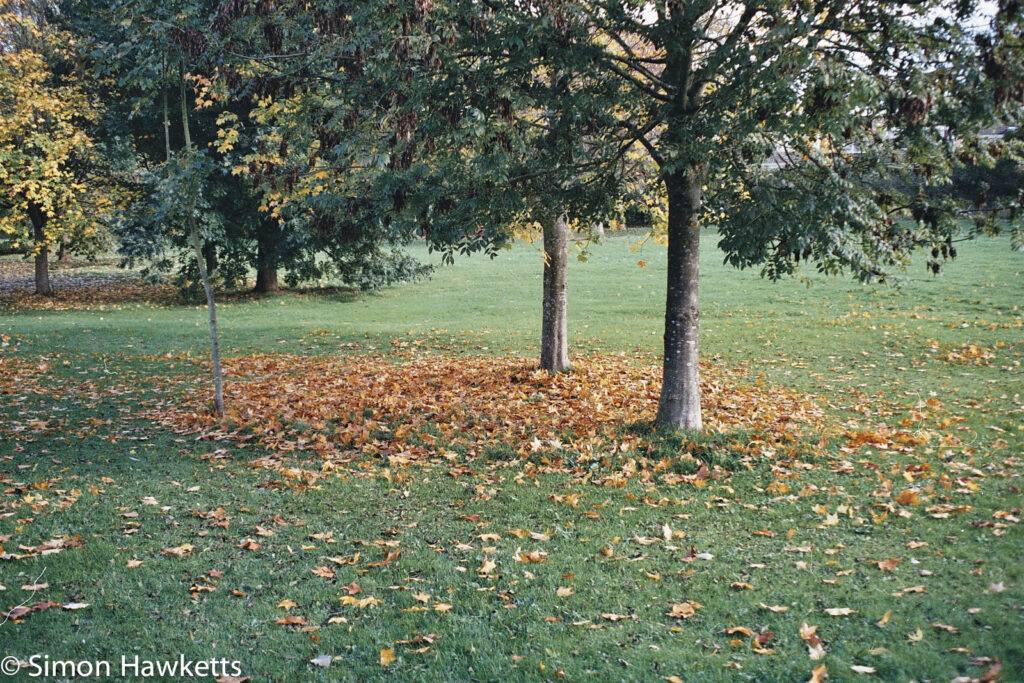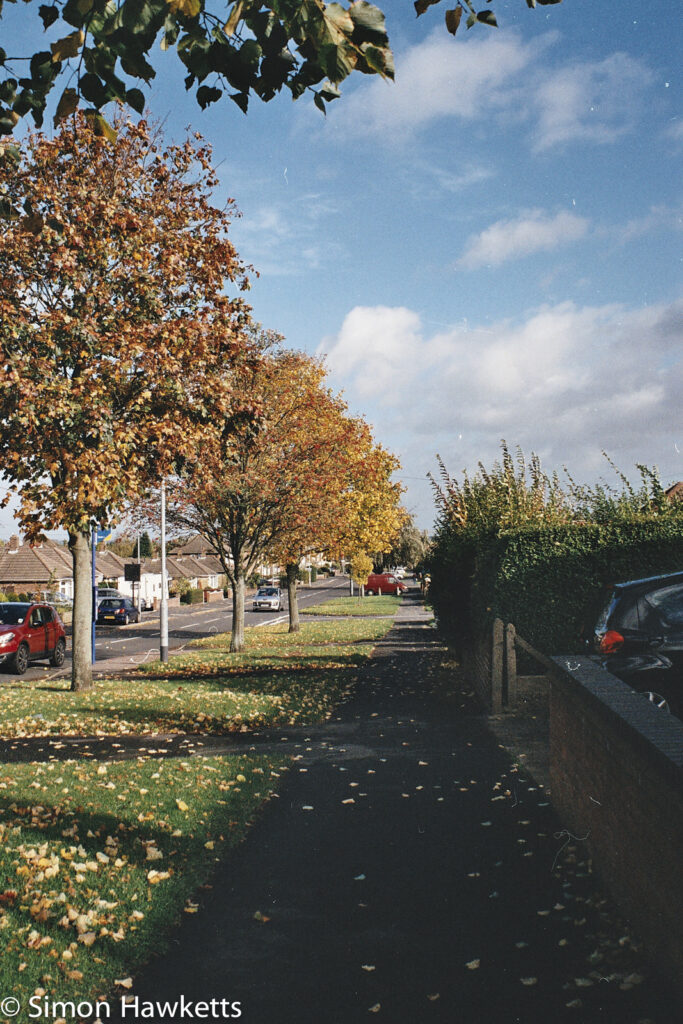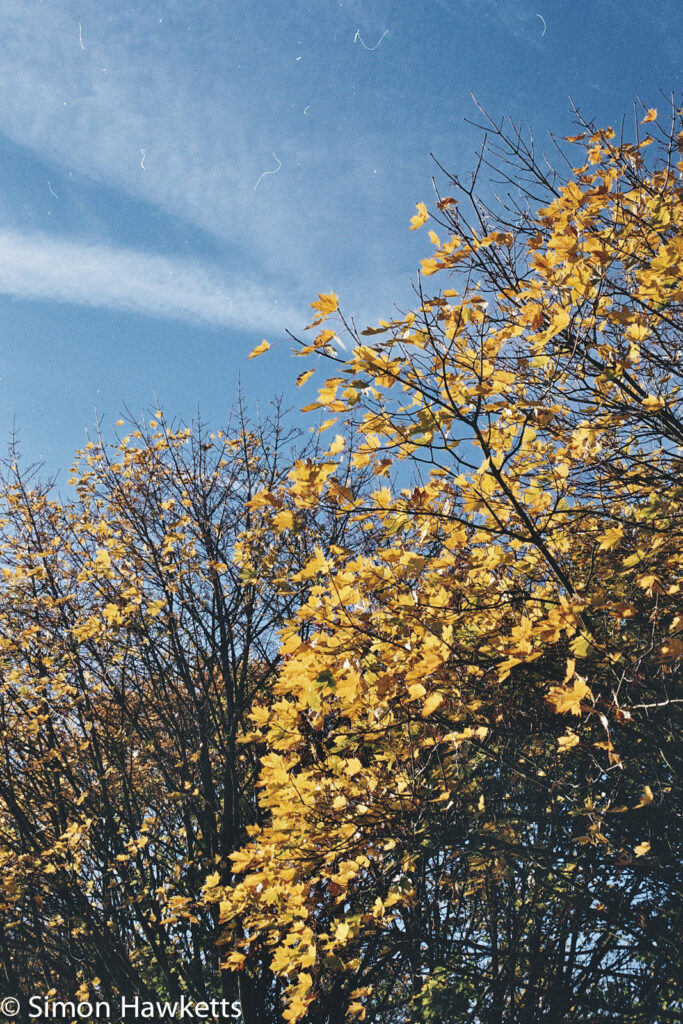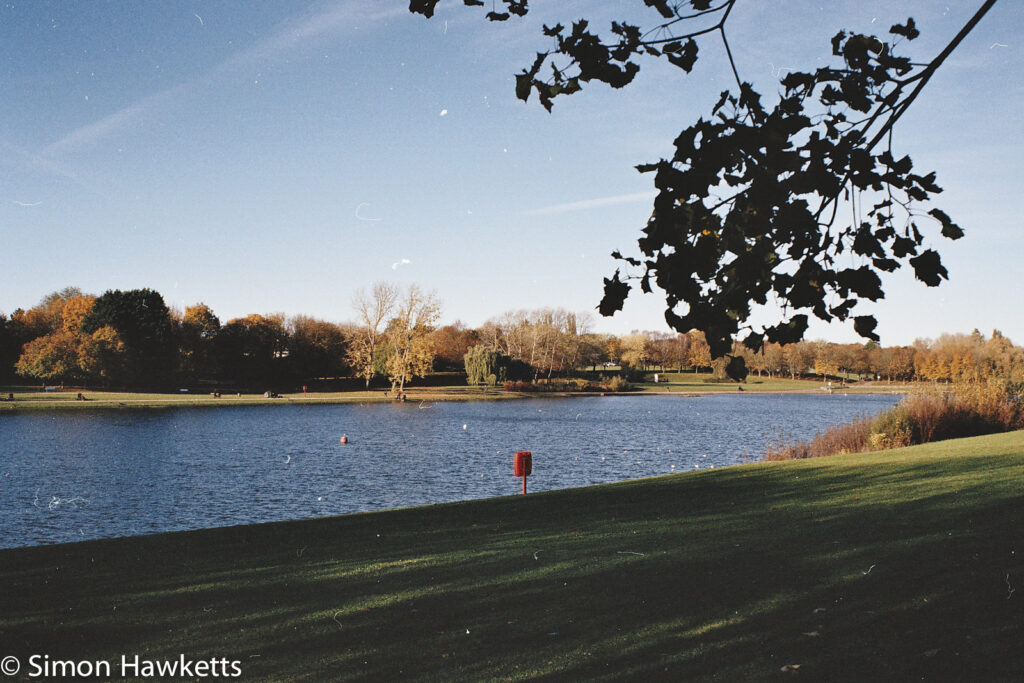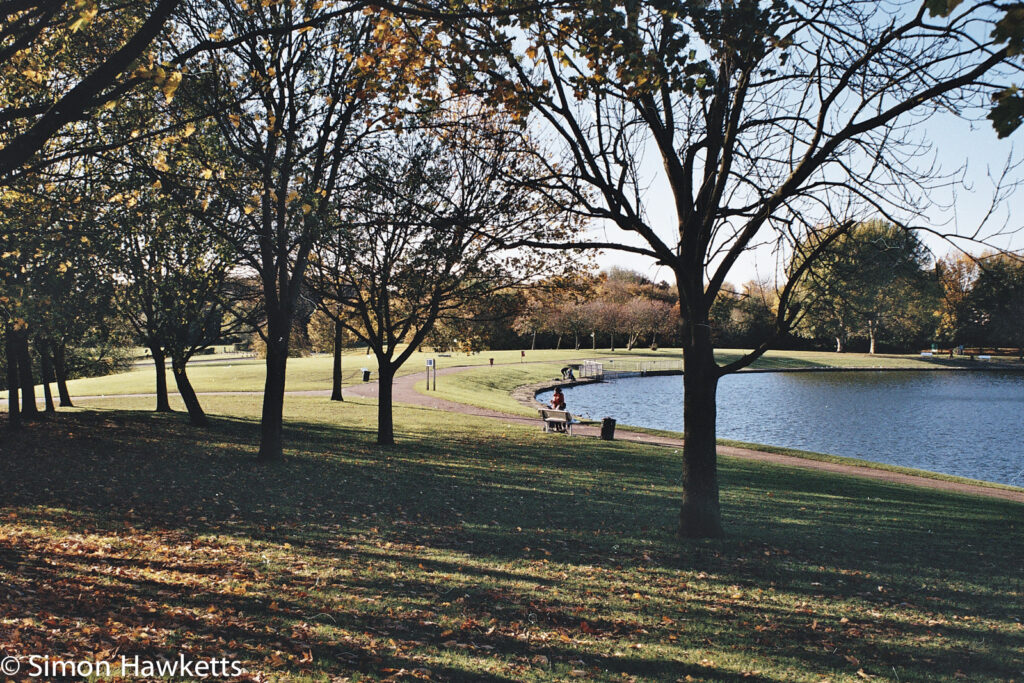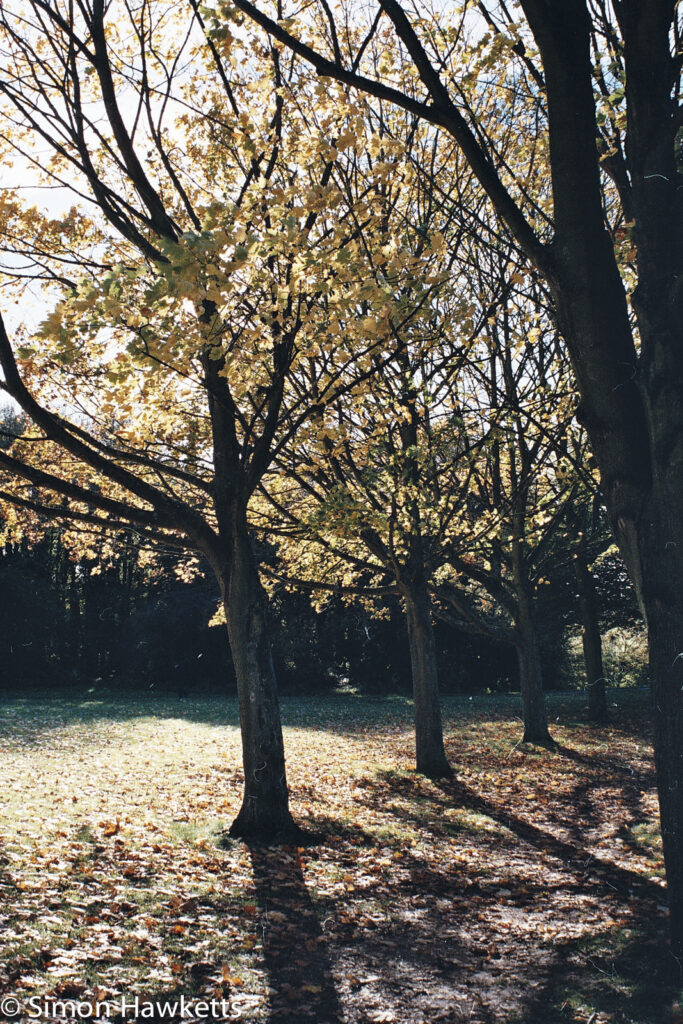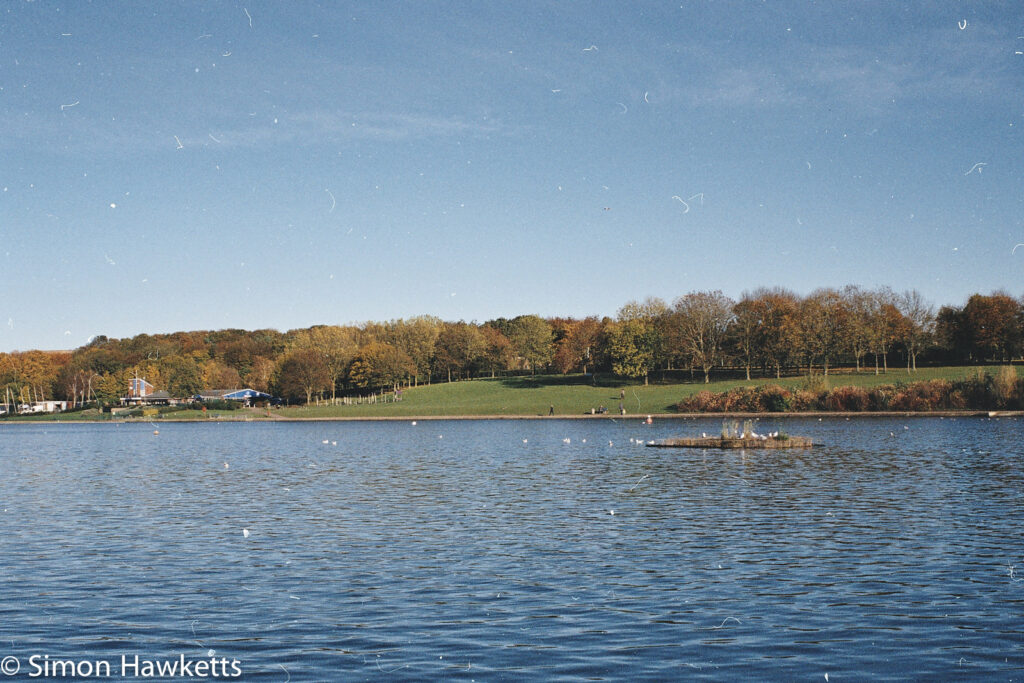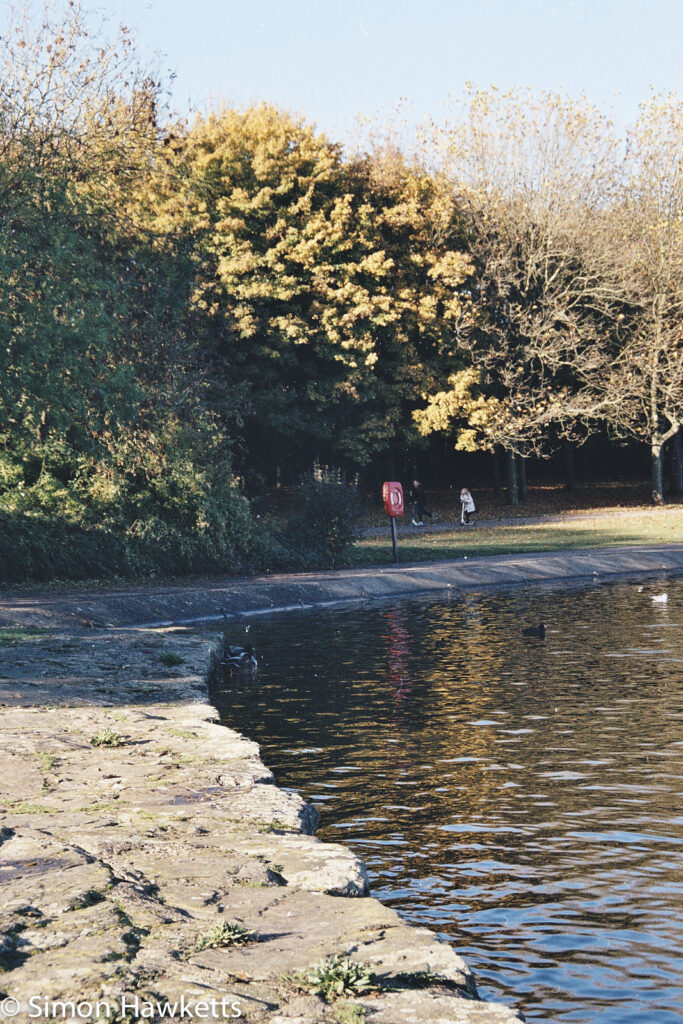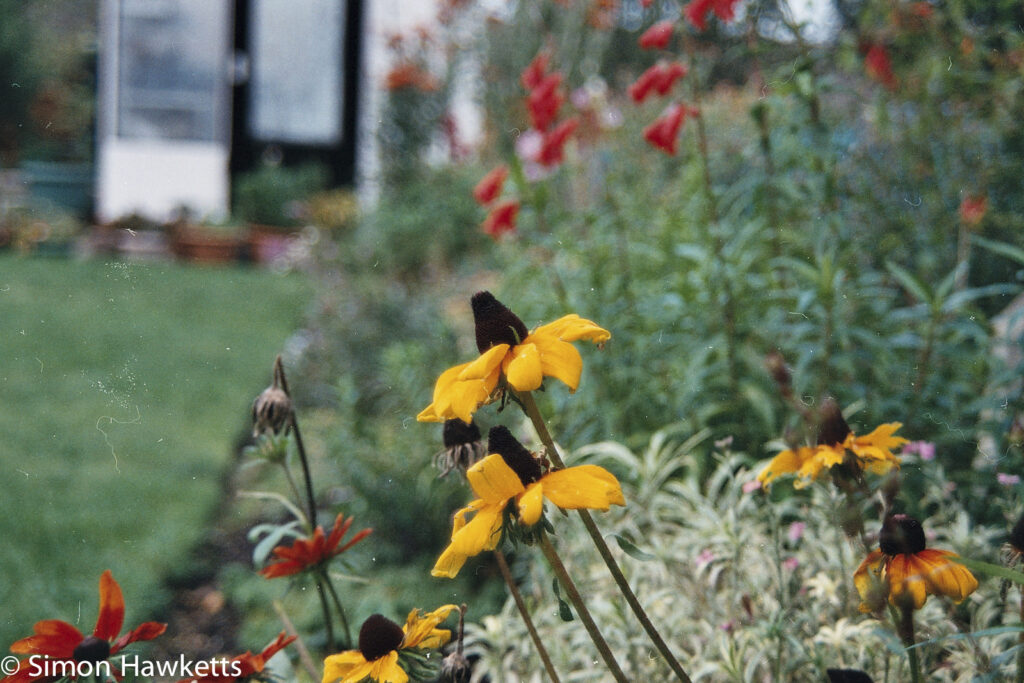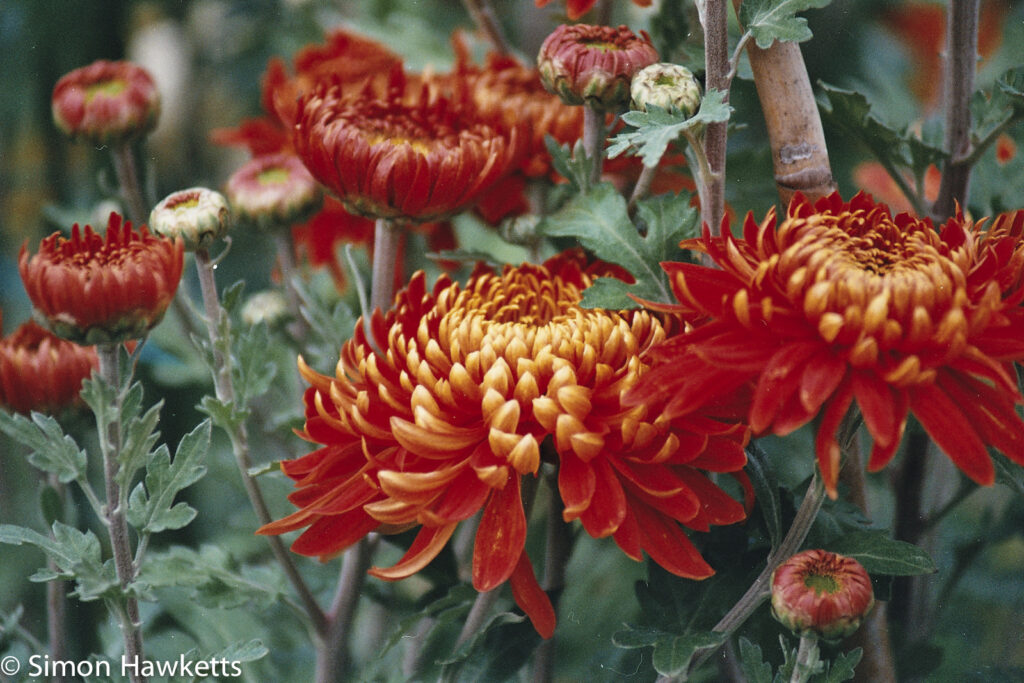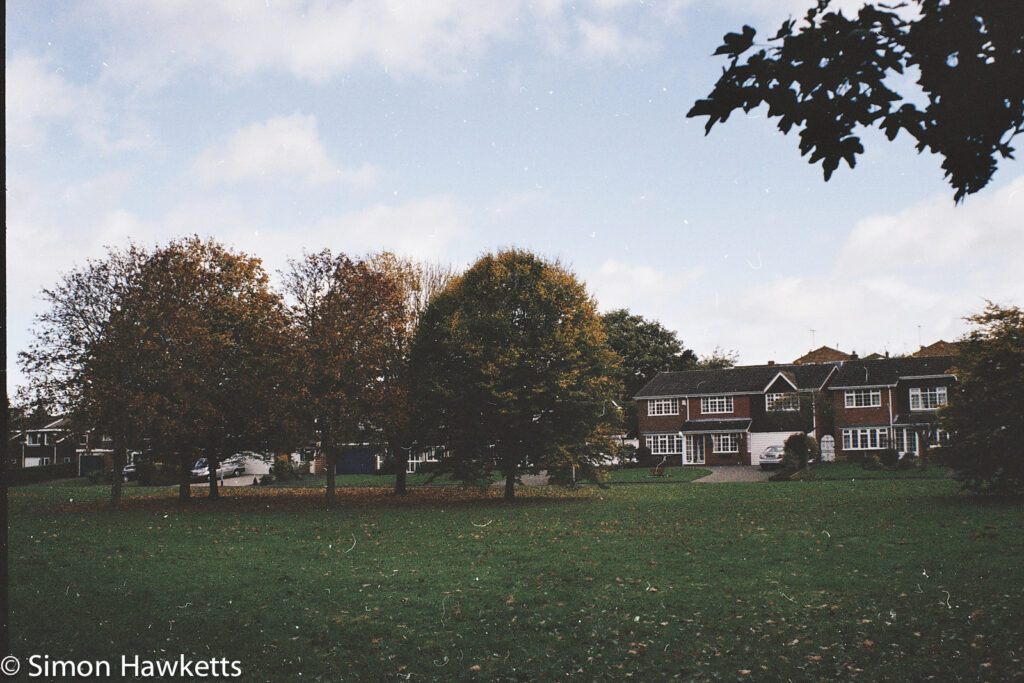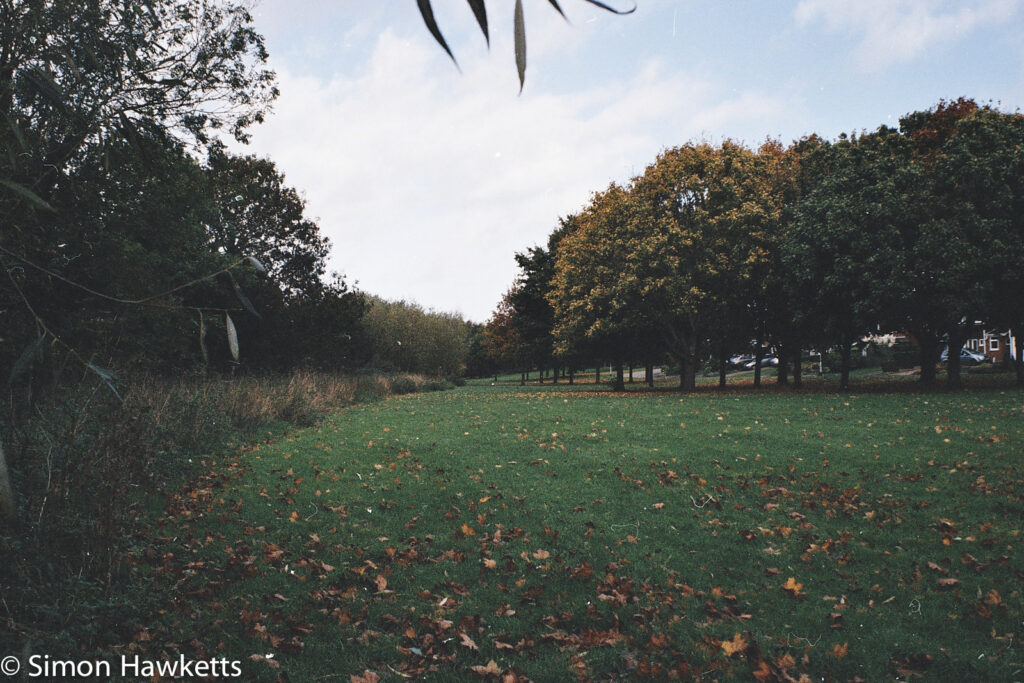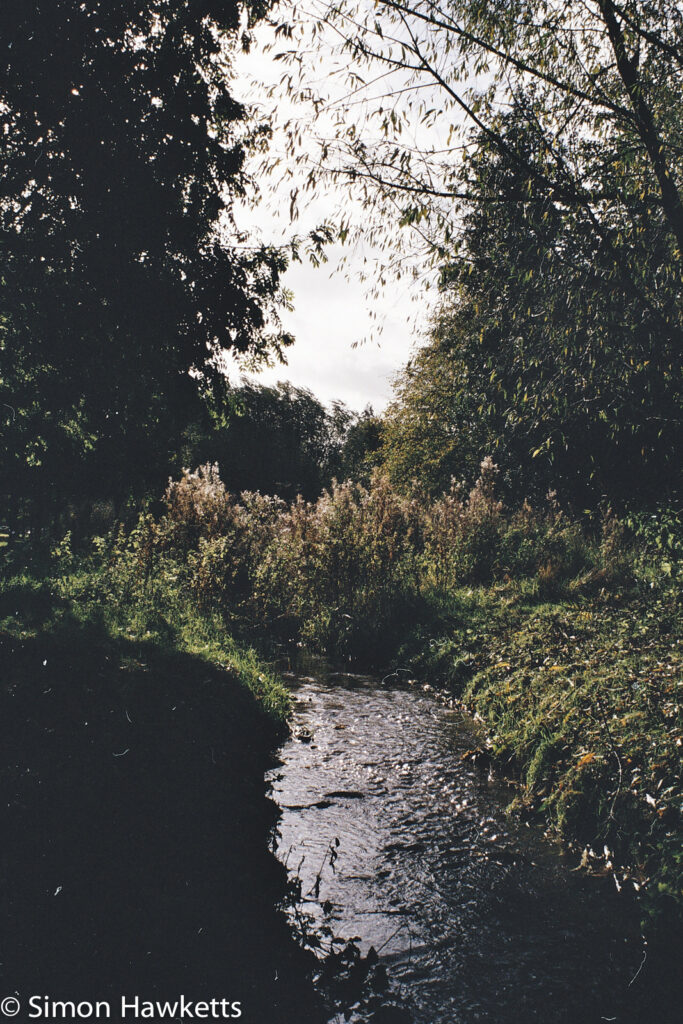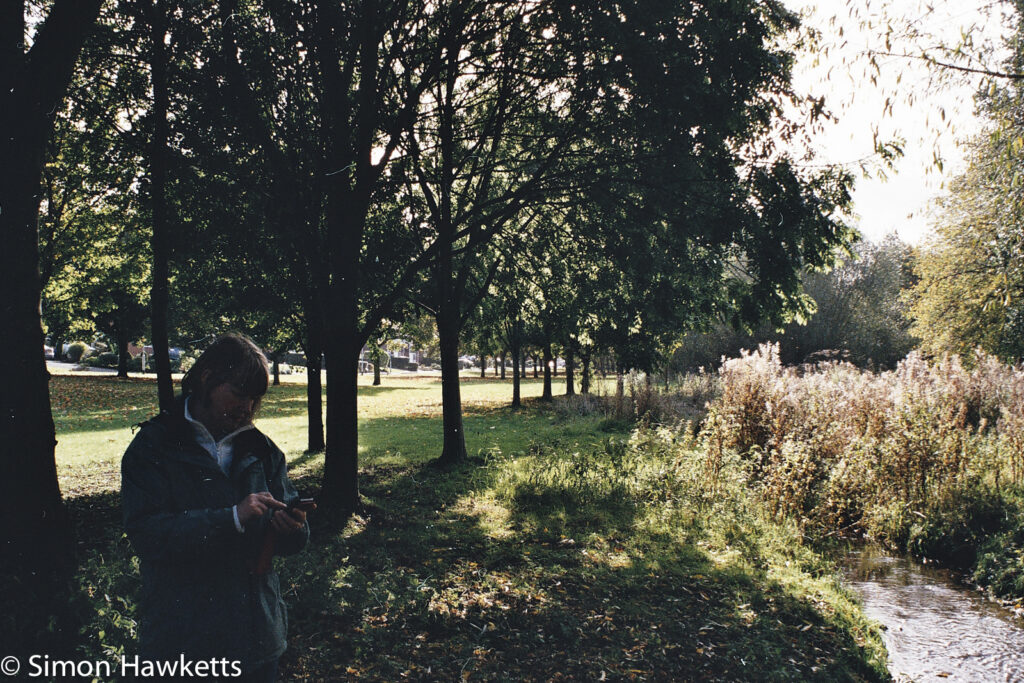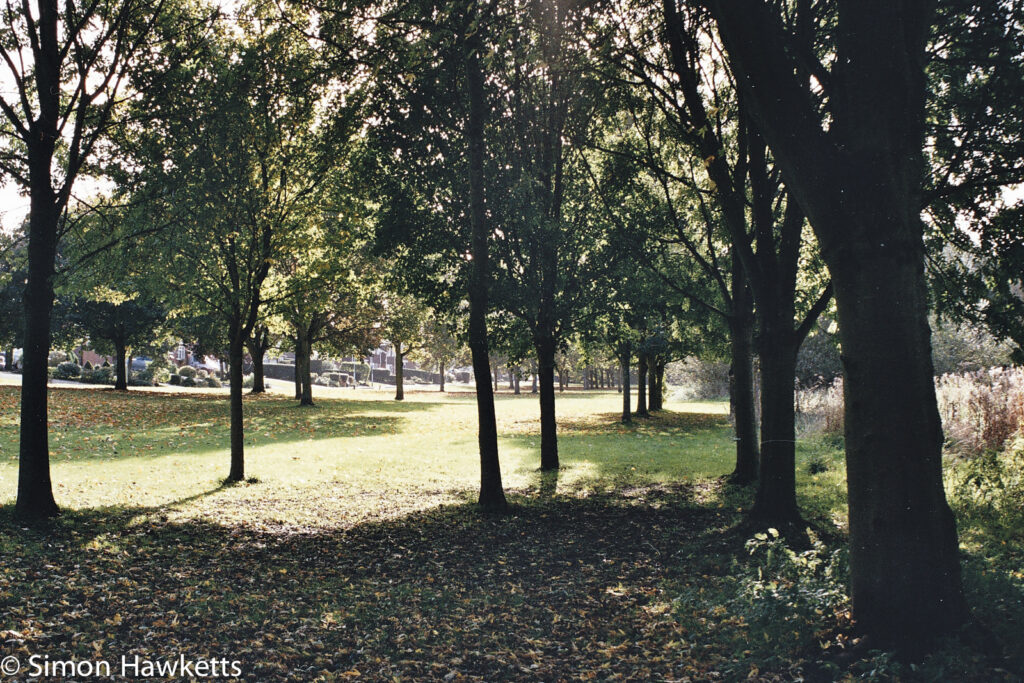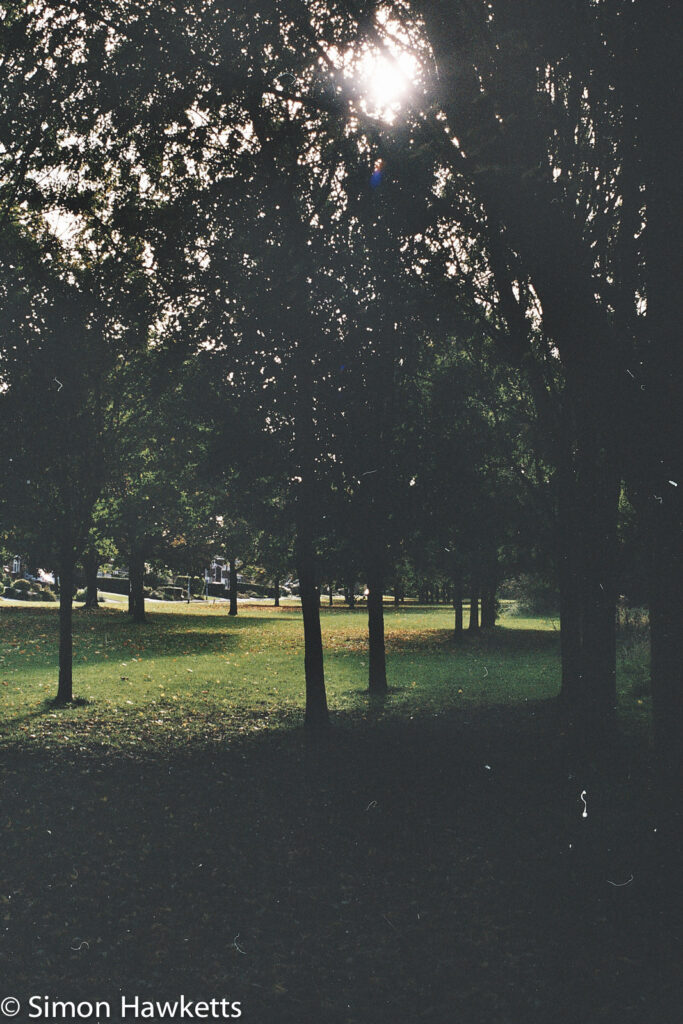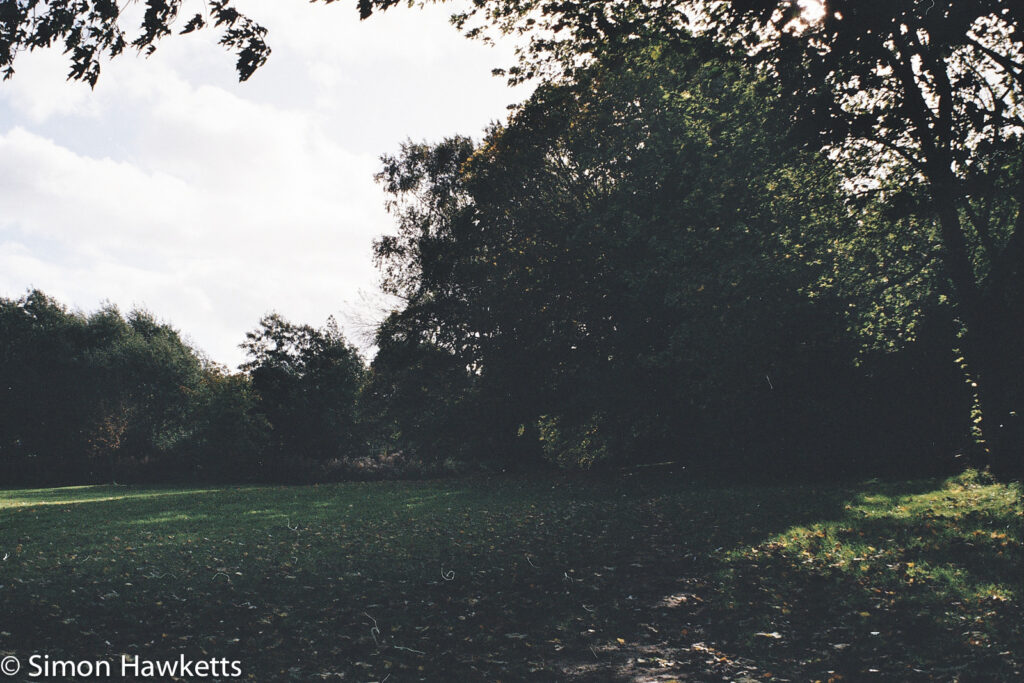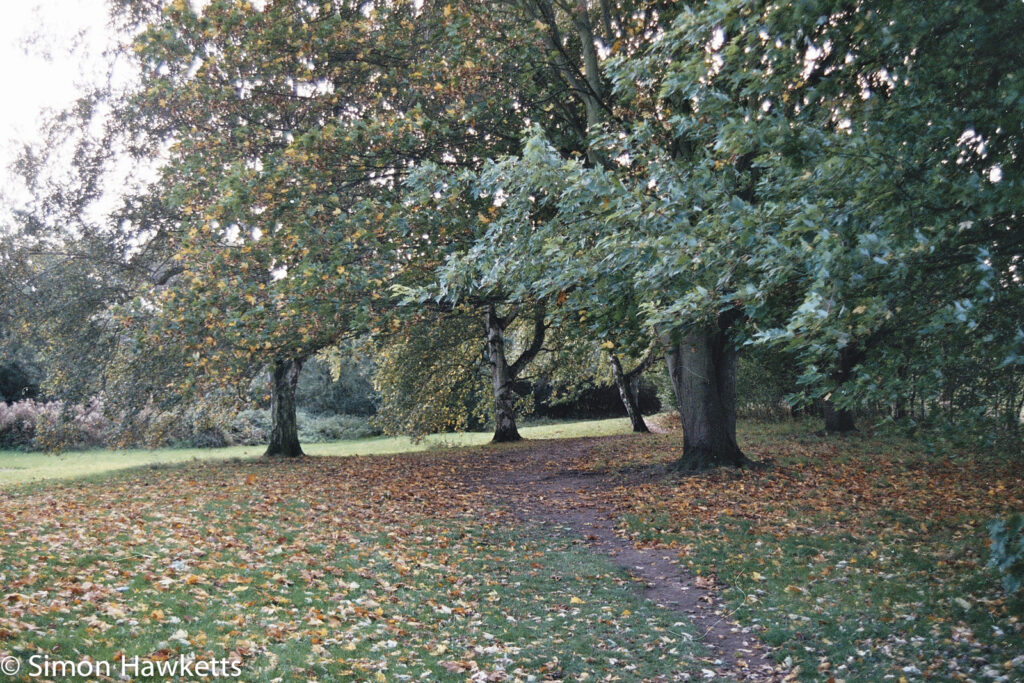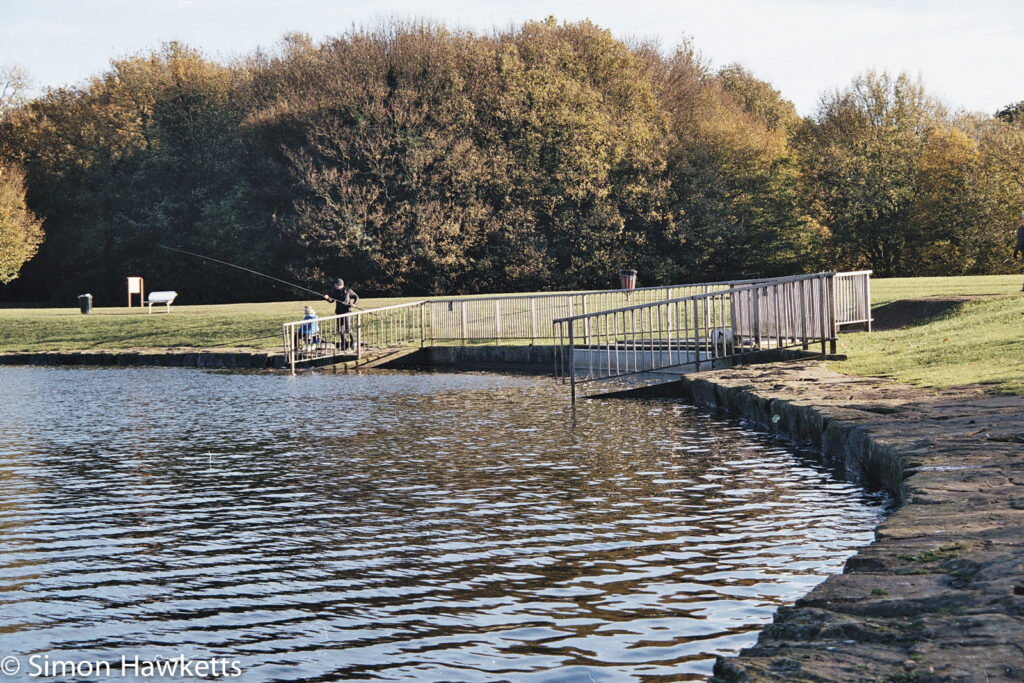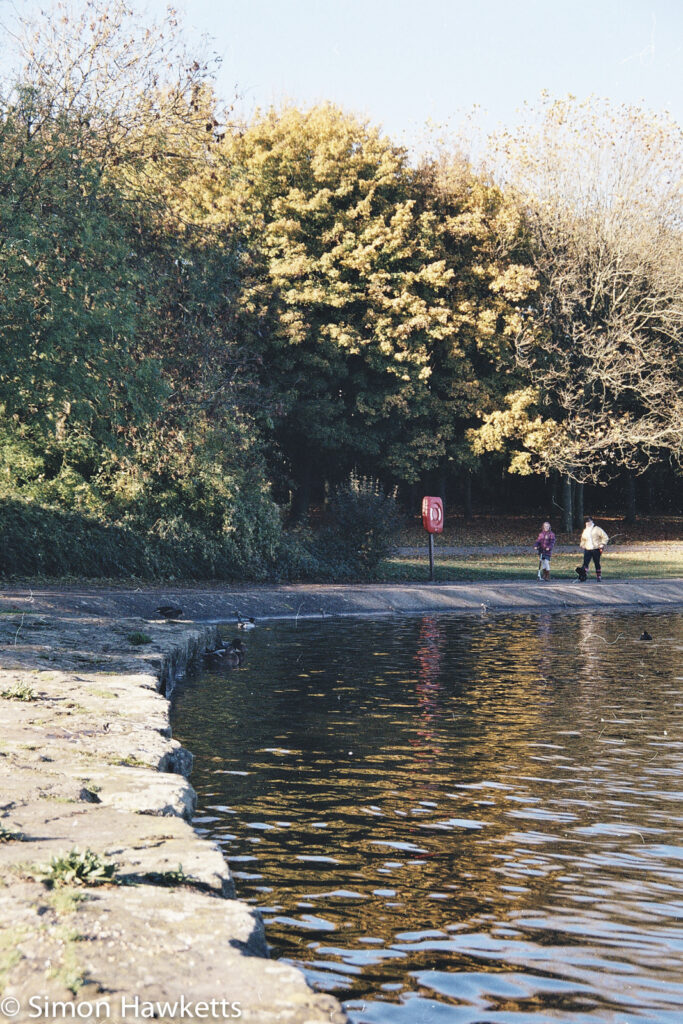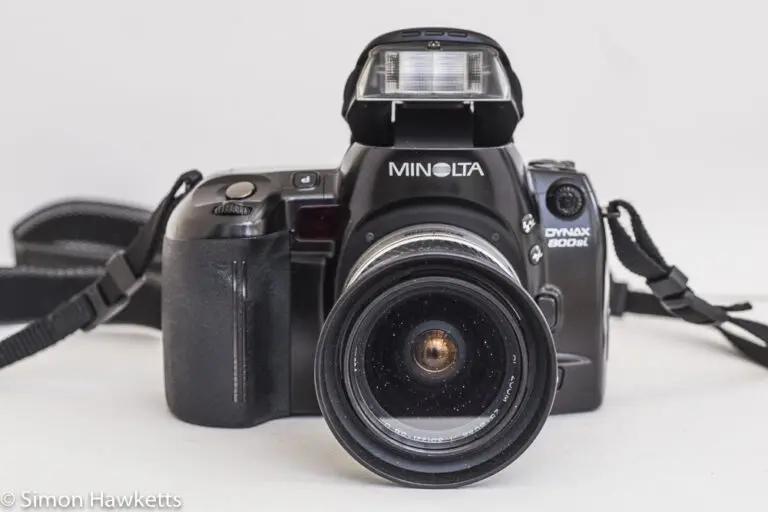Minolta 7000 autofocus camera
This is a post about another of my vintage camera collection, the Minolta 7000 (also known as the Maxxum 7000), which I acquired from eBay UK for about £9.
Minolta 7000 Images
Minolta 7000 Description.
The Minolta 7000 was introduced by Minolta in about 1985 and is a 35 mm film SLR. In a similar way to my Minolta Dynax 5, this seems to be a very advanced camera for its day. There are several exposure modes, a neat in-built lens cap, motorised film advance, autofocus and a good information display. Even the shutter button has a touch sensitive control to turn on the metering system as you first touch it.
The camera I bought has a 35-80 mm f/4.0-f/5.6 lens fitted, but the camera can accept any autofocus or manual focus lens with the Minolta bayonet fitting. There are top plate switches for exposure compensation, ISO, drive mode and exposure mode, and an AE lock button. On the side of the lens barrel is a switch to switch the focus between auto or manual focus. Although there is an ISO button, the camera has a DX coded film chamber, so normally that function can be ignored.
Power for the camera is supplied from 4 AAA sized batteries fitted in a battery chamber in the grip.
The handbook for this camera is available on-line from this link.
Exposure modes.
There are a variety of exposure modes on this camera, which are selected by pressing and holding the mode button on the top plate and adjusting using the shutter buttons. The modes offered are Program mode, Shutter priority, Aperture priority or Full manual control.
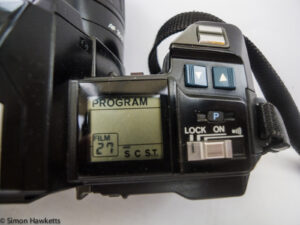
To adjust the exposure during the process of taking a picture, there are two buttons for aperture and two buttons for shutter speed. The top plate (shutter speed) buttons fall nicely under the fingers whilst the camera is at the eye, and I had no problems with these. However, I nearly always shoot in aperture priority mode and found I had slight problems making aperture adjustments with the camera. It felt as if the aperture buttons on the side of the lens barrel were not in the best place for my fingers, but I may have had a better experience if I had used my thumb rather than fingers.
I think this camera must have in part been aimed at the inexperienced section of the market, because there is a ‘P’ (for Program mode) button just above the on-off switch to return the camera to it’s ‘auto everything’ mode.
The Program mode features a neat option in that it matches the focal length of the lens attached to the program choice; A wide angle lens will result in a smaller aperture to maximise depth of field and a telephoto lens will mean the camera will choose a faster shutter speed to reduce the chance of camera shake. When in program mode, the selection can be shifted with the shutter speed buttons to adjust the speed or aperture, whilst keeping the overall exposure value the same.
There is an AE Lock button which allows the exposure system to be locked to a particular value, normally used to fix the correct exposure when a picture is being taken against backlight or similar.
Viewfinder
In common with all 35 mm film cameras, the viewfinder is big and bright in comparison to the APS-C camera viewfinder I am used to. This is one of the reasons I am thinking about moving to a full frame camera. There is one focus point in the centre of the screen, which seems very underwhelming in comparison to today’s multi focus point cameras, but of course one point is actually all you need unless you are tracking subjects.
Underneath the viewfinder focusing screen are the exposure panel and focus indicators. The exposure panel shows the mode in use, the shutter speed and the aperture selected. This is certainly bright and clear enough to see during normal use, and the focus indicator lights with a green circle when focus is achieved, or with red left or right arrows if focus hasn’t been achieved. It is possible to set the camera to beep when focus is achieved, if this is desired. This focus indicator works on both automatic and manual focus modes.
Film drive and Autofocus.
The camera is equipped with a motor for advancing the film and another for adjusting the focus. There are all the usual film advance options, single shot, continuous drive and self-timer. Obviously, being a film camera the maximum number of pictures per second is not up with the sort of values you would get with a modern digital camera, but I believe about 1 frame a second is possible.
The camera autofocus seems quite noisy by today’s standards – there is a high-pitched whine as the focus is moved. As a Pentax user I’m used to the lens being driven by a motor rather than by ultrasonics, so I’m used to the lens making a noise, but this does seem to be noisier. Mind you, this is probably one of the first autofocus cameras, so it’s forgivable.
Sample photos
I have a reel of Agfa 400 ASA colour film fitted to the camera at the moment and I will publish the pictures once they have been developed.
Update:
Here are some of the pictures from this camera. I have to say that I’m not impressed with the quality of the pictures, but I think that is a problem with the developing service rather than the actual camera. The exposure and focus does seem to be about right, so in that respect the pictures are good.
Discover more from Everything Vintage
Subscribe to get the latest posts sent to your email.

